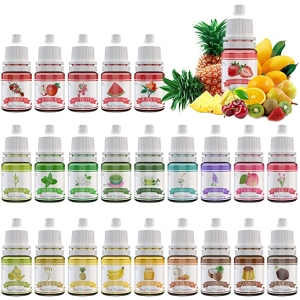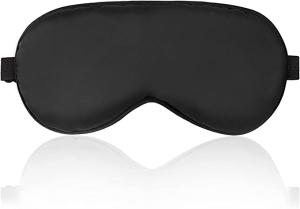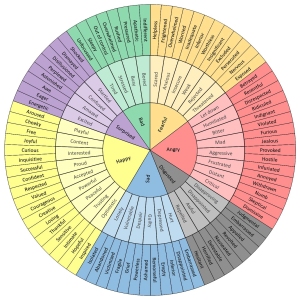When I talk about sensory processing, many parents and many non-OT clinicians have a hard time conceptualizing past the systems that are hardwired in our brains. While our senses capture information from the structures in our bodies, sensory processing goes one step further to differentiate the information, i.e. loud versus quiet, hard versus soft, fast versus slow. Our body instinctively takes in all the sensory information in our environment, organizes it, and makes accommodations in our life to best meet our sensory needs; this all happens organically for the majority of the population.
We take this softwiring for granted as neuro-typical individuals, but when the body processes sensory information different than the majority of the population (I’ll refer to individuals with this profile as neurodiverse), the untrained eye has a hard time conceptualizing the phenomenon OT practitioners and neuropsychologists call sensory dysfunction or sensory processing disorder.
Sensory Processing Disoder
Sensory Processing Disorder (SPD) is the neurological condition where sensory signals are not detected nor get organized into the appropriate responses. SPD affects 5-16% of school-aged children and over 90% of individuals with autism (Marco, et al., 2011). For parents and clinicians working with individuals with this profile, it is important to understand how individuals with SPD process sensory information. By increasing understanding, our community can best support their learning and success.
One way to understand SPD is to focus on your own body’s perception of sensory information and reaching or going past your own threshold for the sensory information. A sensory threshold is the point that sensory information can be recognized.
What is a Sensory Threshold?
Each individual has a different sensory threshold depending on the multi-sensory input we are taking in from our environment. For example, my threshold for quick visual information on a screen is high where I can watch quick movements on a screen for about 4 minutes before feeling dizzy and nauseous, while my friend can only tolerate 30 seconds before she feels nauseous; our thresholds for this fast visual information are different. This is a vital construct for us to recognize– just because I can tolerate an input does not mean others can too.
Additionally, tolerating an input does not always lead to successfully participating in meaningful activities. Sometimes, all our body can do is tolerate an input when we’ve reached a sensory threshold; participating in a meaningful activity may be out of the question at that moment. Our bodies evolve into a highly aroused state when we are at or past our sensory threshold. If we are overly aroused, participation and learning become impossible.
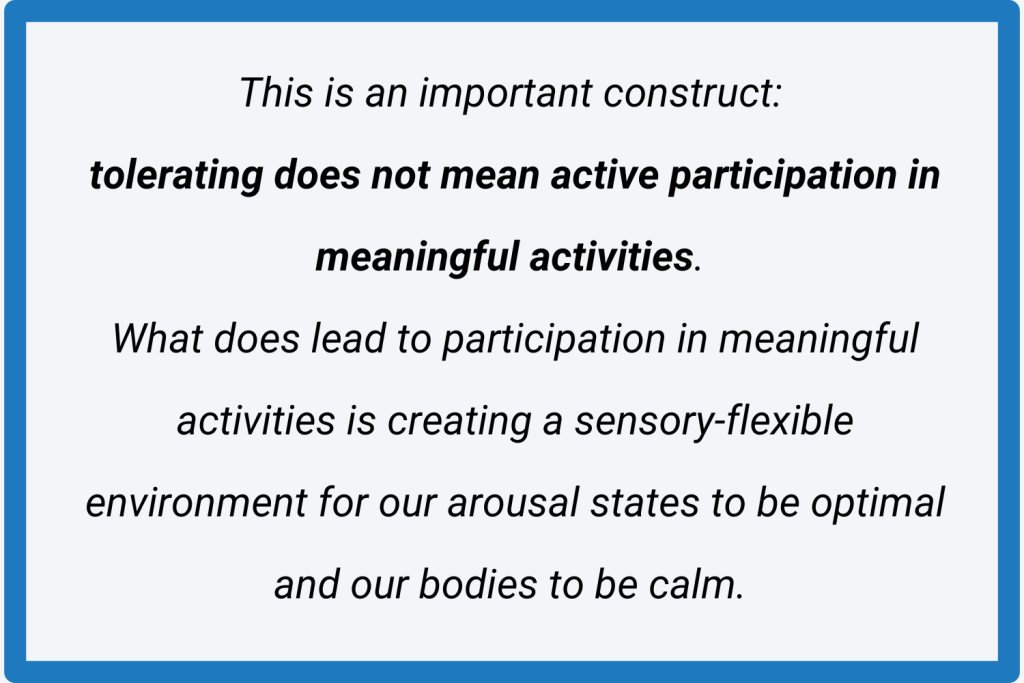
The 8 Sensory Systems
Now, let’s better understand each sensory system and how we experience each system individually.
The 5 basic systems are:
Visual: the body’s ability to perceive and interpret one’s surroundings using visible light.
Auditory: the body’s ability to detect, locate, and identify sounds in our environment, including focusing on or tuning out information.
Olfactory (smell) system: the body’s ability to detect and recognize smells.
Gustatory (taste) system: the body’s ability to detect the chemicals in food that allows us to differentiate between sweet, salty, sour, bitter, and umami (savory) sensations.
Tactile system: the body’s ability to perceive pressure, temperature, traction, and pain; it is a function of the receptors in our skin that receive and give messages related to pressure, vibration, texture, temperature, pain, and the position of our limbs
The additional systems outlined by Dr. A. Jean Ayres, occupational therapist, psychologist, and neuroscientist, included:
6. Vestibular (sense of head in space) system: the body’s sense of balance, motion, and spatial orientation.
7. Proprioceptive (sense of muscles and joints in space) system: known as kinesthesia, is the body’s intrinsic ability to locate itself and its extremities in space using receptors in the skin, muscles, joints, and ligaments.
The most recently added system:
8. Introception: the body’s ability to recognize and interpret its own internal cues, such as hunger, thirst, exhaustion, and pain.
Sensory Integration
Sensory Integration is the body’s ability to take in all these senses together, organize the information, then do what we want to. The below activity is an opportunity to better understand how our bodies process each sense, but it’s important to remember that our bodies integrate all the sensory information in our environment at once. This integration is challenging for individuals with SPD.
Get to Know Your Senses Activity
As you are participating in each activity, think about the following:
- Describe how each activity made your body feel.
- Did it make your body feel calm or extra alert?
- If you were to get too much of this input, how do you think your body would feel?
- If you only got a little of this input, how would your body feel?
- How could you incorporate this activity into play or into your therapy practice?
Visual System Activity
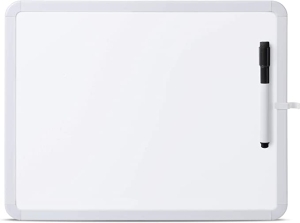
Dry Erase Board
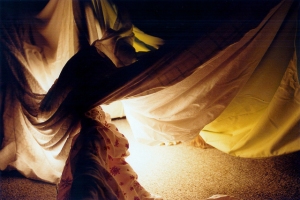
Blanket and Flashlight
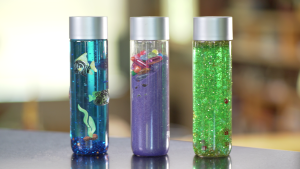
Sensory Bottle
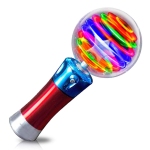
Light Spinning Wand
Activity 1: Copying unknown shapes from the board while upside-down.
Activity 2: Putting a blanket over your head and being in a dark place with a light– be under the blanket for at least 1 minute.
Activity 3: Sensory bottle– interact with the bottle for at least 1 minute.
Activity 4: Light up spinning wand – interact for at least 1 minute.
Auditory System Activity
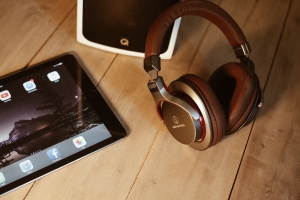
Tablet and Headphones
The following songs:
Activities 1-3: Listen to each of the above types of music for a little over 1 minute
Activity 4: Put on the Heavy music, and remove 1 headphone. Now try to listen in on a conversation that’s across the room.
Olfactory (Smell) System Activity
Materials:
- Activity 1: Smell the lavender scent.
Activity 2: Smell the mint scent
Activity 3: Smell one of the stinky marker scents.
Activity 4: Grab a partner. One of you will put on the blind fold and the other will be the scent giver. The scent giver will choose 5 scents and the blind folded person will guess each scent.
Gustatory (Taste) System Activity

Pink Lemonade Powder

Pretzels

Pop Rocks

Sweet Tarts

Peppermint
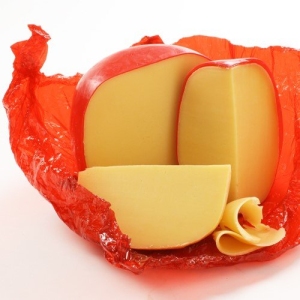
Cheese
Activities 1-6: Taste each of the taste individually. Envision what it would be like to continually taste each until you were over your threshold. How would you feel?
Tactile System Activity

Obaque Sensory Guessing Bag

Shaving Cream and Towel

Slime

Sensory Rice Bin
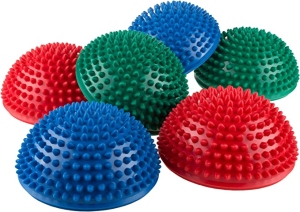
Tactile Stepping Stones
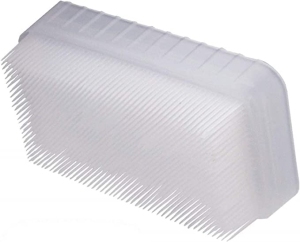
Sensory Brush
Activities 1-3: Exploring how the rice bin, slime, and shaving cream feel individually.
Activity 4: Place your hand inside of the bag. Can you identify each item in the bag?
Activity 5: Step on each of the stepping stones.
Activity 6: Use the sensory brush on your arms and top of your legs. When using, apply pressure as you brush away from the torso. Have a partner help you with your back, being sure not to brush on your spine and brushing from head to tailbone.
Vestibular System Activity
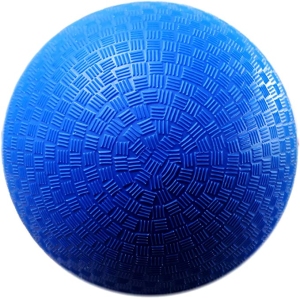
Ball
Notes:
- Activities were adapted from Astronaut Training by Vital Links)
- If you feel yourself getting dizzy, jump up and down to modulate your body. If you’re feeling overly dizzy and getting nauseous, stop the activities and jump. Giving your body deep pressure, like jumping, squeezes, or crashes, helps to modulate your body after the deep vestibular input.
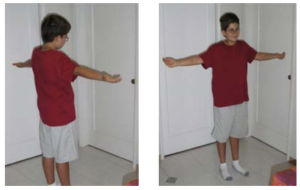
- Activity 1: Spinning Robot- With your arms out, spin around in place 10 times; before switching directions, re4cover (no signs of dizziness) then spin 10 times in the opposite direction.
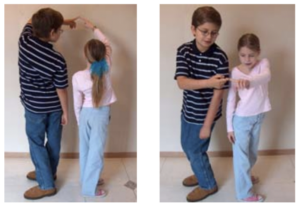
- Activity 2: Star Zaps: Decide which partner will initiate the placement of the fingers (i.e. high, middle, low). Standing back to back with your partner, crossing your arm over your midline to touch fingers with the other person. Do this 15 times.
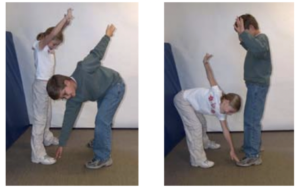
- Activity 3: Moonboot Dusting- with your partner, stand facing each other with your arms up. Partner 1 will bend down, reach across, and dust off partner 2’s shoe, then stand up again; partner 2 will do the same. Partner 1 will then dust off partner 2’s left shoe, and vice versa. Complete 10 sets (Partner 1 dusts then partner 2 dusts is 1 set).
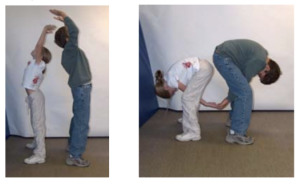
- Activity 4: Catch a falling star- stand back to back with your partner, with Partner 1 holding a ball. Partner 1 reaches arms over head and looks up to hand partner 2 the ball from above. PArtne 2 brings the ball forward and drops head to give partner 1 the ball under their leds. This is 1 set. Complete 10 sets.
Proprioceptive System Activity

Weights or bin of heavy books

Tunnel
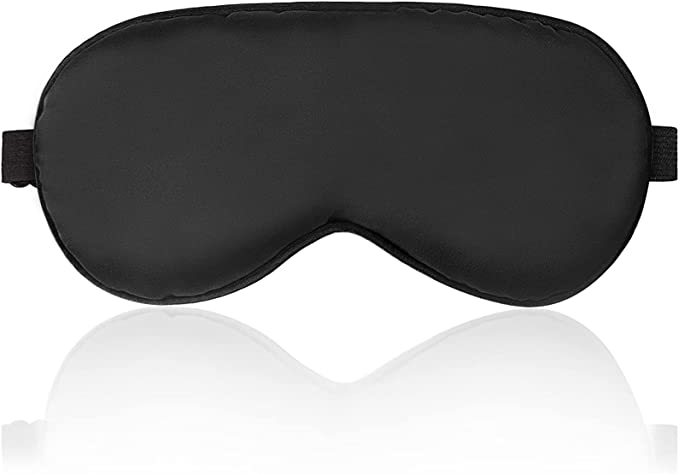
Blind Fold
Activity 1: Pick up the heavy item. Think about what your body is doing to grade how much force need to pick up the item.
Activity 2: Push the heavy item. Think about what your body is doing to grade how much force need to push the item.
Activity 3: Complete the obstacle course: crawl through the tunnel, complete 5 jumping jacks, crawl like a bear, then hold plank for 20 secs. Think about how your body is moving through these positions, the pressure you’re receiving into your joints, and how your muscles innating know what to do.
Activity 4: Partner up. Partner 1 will put on a blind fold and lay with their stomachs on the floor, feet together and arms at their side. Partner 2 will place partner 1’s limbs and head into different positions. Partner 1 will then come back to feet together and arms at side, and will then replicate the positioning on the other side of their body. Repeat 3 times, then switch roles.
Activity 5: Complete the following yoga poses. Hold each for 10 secs, and complete the sequence on 1 side before moving to the other side of your body. Think about how you are seeing a model then copying it on your own body and how you know where your body is in space.

Introception Activity
- Activity 1: By either writing it down or discussing with others, how do the following emotions feel in your body? Can you give an example of a time you had that emotions?
- Fear
- Anxious
- Worried
- Helpless
- Frightened
- Anger
- Jealous
- Annoyed
- Frustrated
- Sadness
- Disappointed
- Shameful
- Lonely
- Gloomy
- Surprise
- Speechless
- Awe-struck
- Perplexed
- Shocked
- Joy
- Serene
- Content
- Hopefuly
- Elated
- Delighted
- Love
- Enchanted
- Passionate
- Grateful
- Fear
- Activity 2: Get your heart racing. Run in place as fast as you can for 30 seconds. Describewhat this feels like in your body.
- Activity 3: Now complete the 6 sided breathing activity. Follow he lines with your finger to indicate the step to complete.
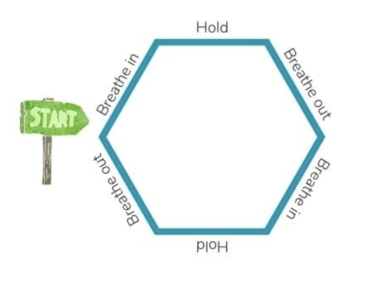
Additional Resources
- Twenty-One Senses
- Marco, E. J., Hinkley, L. B., Hill, S. S., & Nagarajan, S. S. (2011). Sensory processing in autism: a review of neurophysiologic findings. Pediatric research, 69(8), 48-54.


